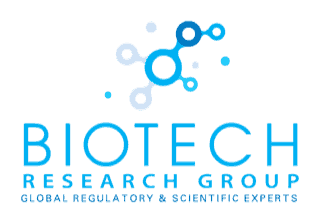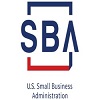An introduction to eCTD and why it is used?
08/23/2021
Category: Other Blogs
eCTD (electronic Common Technical Document) is a great framework for reporting regulatory information to the appropriate health authorities (such as applications, supplements, and reports) (HAs). It offers a standardized way to electronically apply the Common Technical Document (CTD). An eCTD is made up of individual PDF documents that are organized hierarchically according to the CTD structure.
It also features an XML backbone that cross-links needed documents and gives submission information. The goal of implementing eCTD was to alleviate the strain on HA reviewers. It also makes the application process easier because all regulatory authorities are involved.
eCTD and its basics
Cross-application linking capabilities, which allow sponsors to submit a document once and refer to it as many times as they need in subsequent submissions and applications, are one of the elements of the eCTD that can help speed up the posting and approval of submissions.
The International Conference on Harmonization (ICH) established the Common Technical Document (CTD), which is quickly becoming the preferred or compulsory filing format by regulators in the world’s major markets and beyond.
The content requirements for the IND, NDA, MAA or any other regulatory submission are unaffected by the CTD because it is a submission format. Sponsors can, however, manage submission publishing, transmission, and lifecycle duties more efficiently, thanks to the organization of essential information into smaller pieces or granules that are easier to build and manage across the application’s lifetime.
By allowing sponsors to re-use and recycle previously published and submitted documents within a single submission and across all product applications, the eCTD format allows for time savings and future product expansion.
Benefits of using eCTDs
- The content and document standards are already familiar to the reviewers.
- Local affiliates have access to real-time updates.
- FDA reviewers can work more quickly and efficiently, reducing the time it takes for a product to be approved.
- It takes less time to handle, manage, and archive trial and document-critical material.
- Search and tracking makes it simple to find documents.
- The possibility of missing or duplicate documents is reduced.
A single format for electronic Common Technical Document (eCTD) submissions was created and deployed to harmonize the regulatory review process for worldwide drug development. The structure is based on the International Council for Harmonisation of Technical Requirements for Pharmaceuticals for Human Use’s principles (ICH).
In the United States, the Food and Drug Administration (FDA) recommends using ICH standards as the foundation and recommended structure for submissions. Cross-application linking is a precious time-saving feature of an eCTD. It allows you to reuse submission documents while also applying granular document modifications to all linked occurrences in other related product applications. This capacity to manage the lifespan of a product boosts the publisher’s efficiency and aids in the uniformity of information displayed across the product application range.
The eCTD allows submission builders to map to documents within and across all submissions and applications, which is one of the benefits of electronic transmission, administration, and storage. This feature can save time and money, but only if it is set up and handled effectively from the beginning of the product IND application.
tagging: ectd > electronic Common Technical Document


